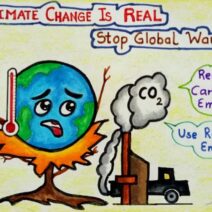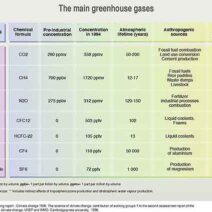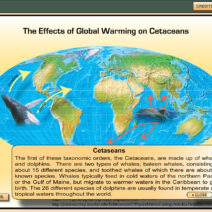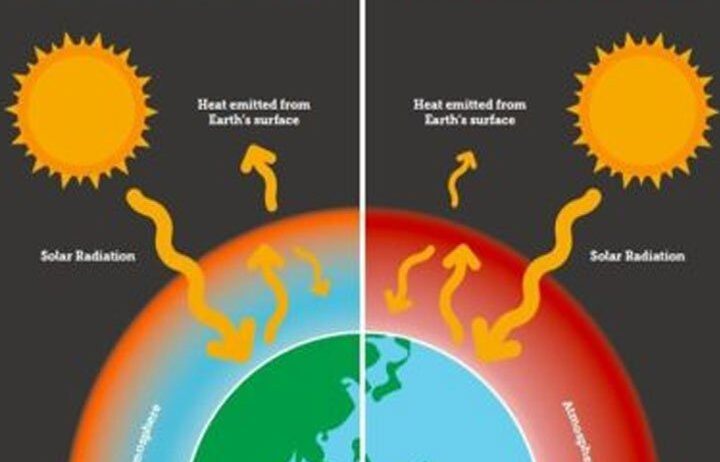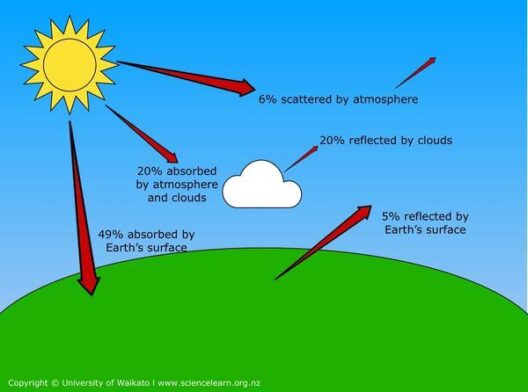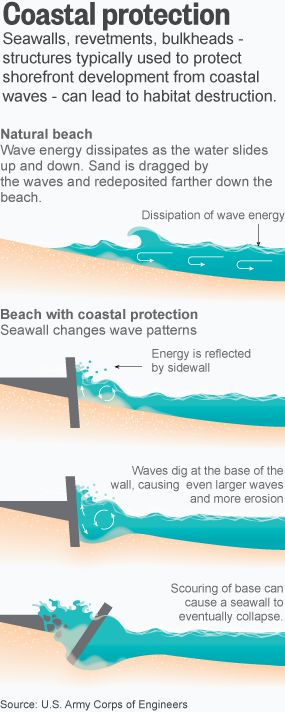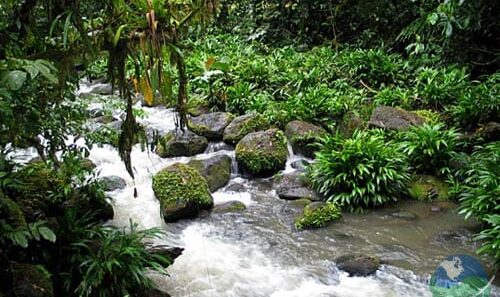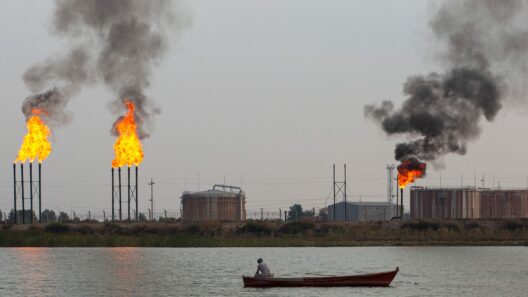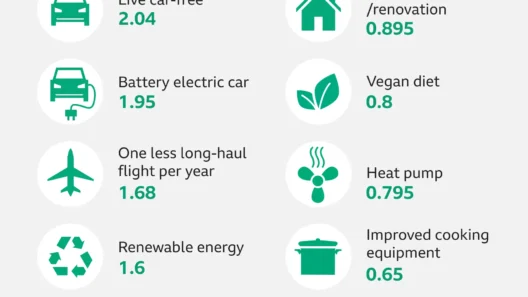The phenomenon of climate change is heralded as one of the most pressing issues of our time, affecting ecosystems, human health, and economies across the globe. While the term “climate change” is often associated with rising temperatures and altered weather patterns, understanding the intricate web of causes that contribute to this escalating crisis is imperative for effective mitigation and adaptation strategies. This examination elucidates the multifaceted origins of climate change, ranging from natural phenomena to anthropogenic activities.
Natural Causes of Climate Change
Long before humanity’s industrial activities began to reshape the Earth’s climate, natural processes were at play. These processes have displayed a remarkable influence on climate patterns throughout geological time.
Solar Radiation Variations
The sun, the primary driver of Earth’s climate, undergoes cyclical changes in solar radiation output. Solar cycles can span approximately 11 years and influence the amount of radiation that reaches the planet. Variations in solar output impact global temperatures, leading to either warming or cooling phases. Such natural fluctuations can contribute to climate oscillations, which may prompt climatic variations over extended periods.
Volcanic Activity
Volcanoes release significant quantities of carbon dioxide (CO2) and particulate matter into the atmosphere during eruptions. While the immediate impact of volcanic eruptions can lead to temporary cooling due to the reflection of sunlight by volcanic ash, the long-term increase in greenhouse gases contributes to warming. Historical events, such as the eruption of Mount Tambora in 1815, have illustrated the capacity of volcanic activity to influence climate on a global scale.
Ocean Currents and Atmosphere Interaction
Ocean currents play a critical role in regulating climate by transporting heat across the globe. For instance, phenomena such as El Niño and La Niña significantly influence weather patterns, leading to variances in precipitation and temperature. These shifts can have far-reaching effects on agriculture, water supply, and ecosystems, thereby reinforcing the complex feedback mechanisms inherent in Earth’s climate system.
Anthropogenic Contributions to Climate Change
In contrast to these natural forces, human activities have emerged as a dominant force shaping the climate. The industrial revolution marks a pivotal point in history when the burning of fossil fuels began to proliferate, resulting in unprecedented levels of greenhouse gas emissions.
Fossil Fuel Combustion
The combustion of fossil fuels, such as coal, oil, and natural gas, is a primary source of anthropogenic carbon dioxide emissions. Industries, transportation, and residential heating contribute extensively to the release of CO2 and other greenhouse gases. This escalated concentration of greenhouse gases in the atmosphere leads to the greenhouse effect, wherein heat is trapped, thus raising global temperatures.
Deforestation and Land Use Changes
Forests act as vital carbon sinks, absorbing CO2 from the atmosphere. However, deforestation, often for agricultural expansion or urban development, leads to a dual problem: the release of stored carbon and the loss of capacity to sequester future emissions. Land-use changes disrupt ecosystems and can exacerbate climate change effects by altering local weather patterns, reducing biodiversity, and affecting water cycles.
Industrial Agriculture
Agriculture, particularly when industrialized, can significantly impact the climate. Practices such as intensive livestock farming produce substantial amounts of methane, a potent greenhouse gas. Fertilizer application can lead to nitrous oxide emissions. Additionally, land cleared for farming results in loss of carbon-storing vegetation, further compounding the problem of atmospheric greenhouse gas concentrations.
Urbanization and Infrastructure Development
The rapid growth of urban areas has increased energy consumption, waste generation, and overall greenhouse gas emissions. Cities are responsible for a significant portion of global energy use and carbon emissions, particularly due to transportation and construction. The heat island effect, where urban areas experience higher temperatures than their rural surroundings, leads to increased energy demand for cooling, reinforcing a cycle of emissions.
Consumer Habits and Waste
Behavioral choices made by individuals and communities also contribute to climate change. Consumer habits, which often favor convenience over sustainability, lead to increased waste and pollution. Single-use plastics, excessive food waste, and overconsumption of resources place added pressure on the environment, driving fossil fuel demand and exacerbating climatic impacts.
The Interconnectedness of Climate Change Causes
While the causes of climate change can be delineated into natural and anthropogenic categories, it is crucial to recognize the interconnectedness of these factors. Natural fluctuations can exacerbate the human-induced climate crisis, and vice versa. Understanding this complex interplay is essential for developing holistic strategies aimed at mitigation and adaptation, thus addressing the climate emergency effectively.
Conclusion
Climate change is a multifactorial issue, stemming from an array of natural processes and human actions. Recognizing the diverse causes allows for a more informed perspective, fostering solutions that mitigate impacts and adapt to changing conditions. Collective awareness and action can guide humanity toward a more sustainable future, addressing not just the symptoms, but the underlying causes of climate change that threaten life as we know it.
